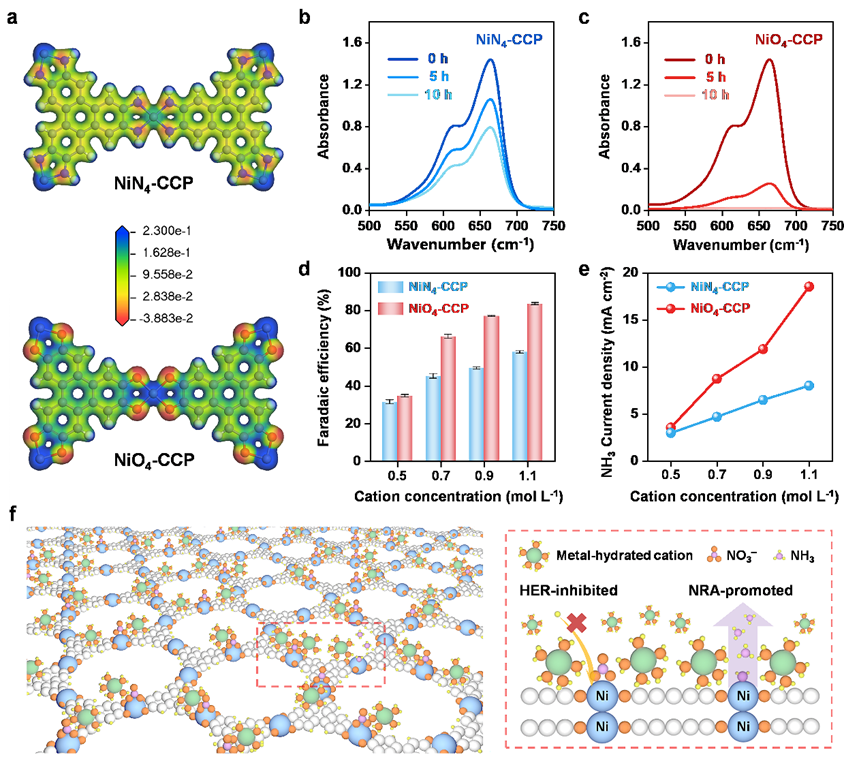Adv. Mater. - Rational Ligand Design of Conjugated Coordination Polymers for Efficient and Selective Nitrate Electroreduction to Ammonia
Shouhan Zhang, Yan Liu, Yidan Ding, Hangjuan Wu, Li Qing, Jiexin Zhu, Shenghua Chen, Ziyun Wang*, Longsheng Zhang*, Tianxi Liu*
Adv. Mater. 2025, DOI: 10.1002/adma.202418681
Electrocatalytic nitrate reduction to ammonia (NRA) offers an attractive route for converting nitrate pollutants to ammonia under mild conditions. Among other catalysts, single-atom catalysts (SACs) with high metal-atom-utilization efficiency and low-coordinated metal sites hold immense potential to be extensively applied, which unfortunately encounter a formidable challenge to obtain simultaneous improvement of NRA activity and selectivity. Here, a novel and general strategy is reported to achieve efficient and selective NRA catalysis on conjugated coordination polymers featuring with high-density and well-defined nitrogen (N)-coordinated single-atom metal sites via precise regulation of N‑heterocyclic ligands toward accelerating the hydrogenation kinetics necessitated in the NRA pathway. Taking cobalt (Co) as an example, two CoN4-centered conjugated coordination polymer electrocatalysts (CoN4-pyrr and CoN4-pyri) are synthesized with pyrrole and pyridine ligands are investigated as a proof-of-concept study. As revealed, the CoN4-pyrr can markedly outperform the CoN4-pyri toward NRA electrocatalysis. Experimental and theoretical results suggest that, relative to the N atoms of pyridine ligand in CoN4-pyri, the N atoms of pyrrole ligand in CoN4-pyrr can enable a faster transfer of hydrogen radicals to the Co active sites for accelerating the hydrogenation kinetics of *NO intermediate at the rate-determining step of NRA pathway.
Link: https://doi.org/10.1002/adma.202418681





